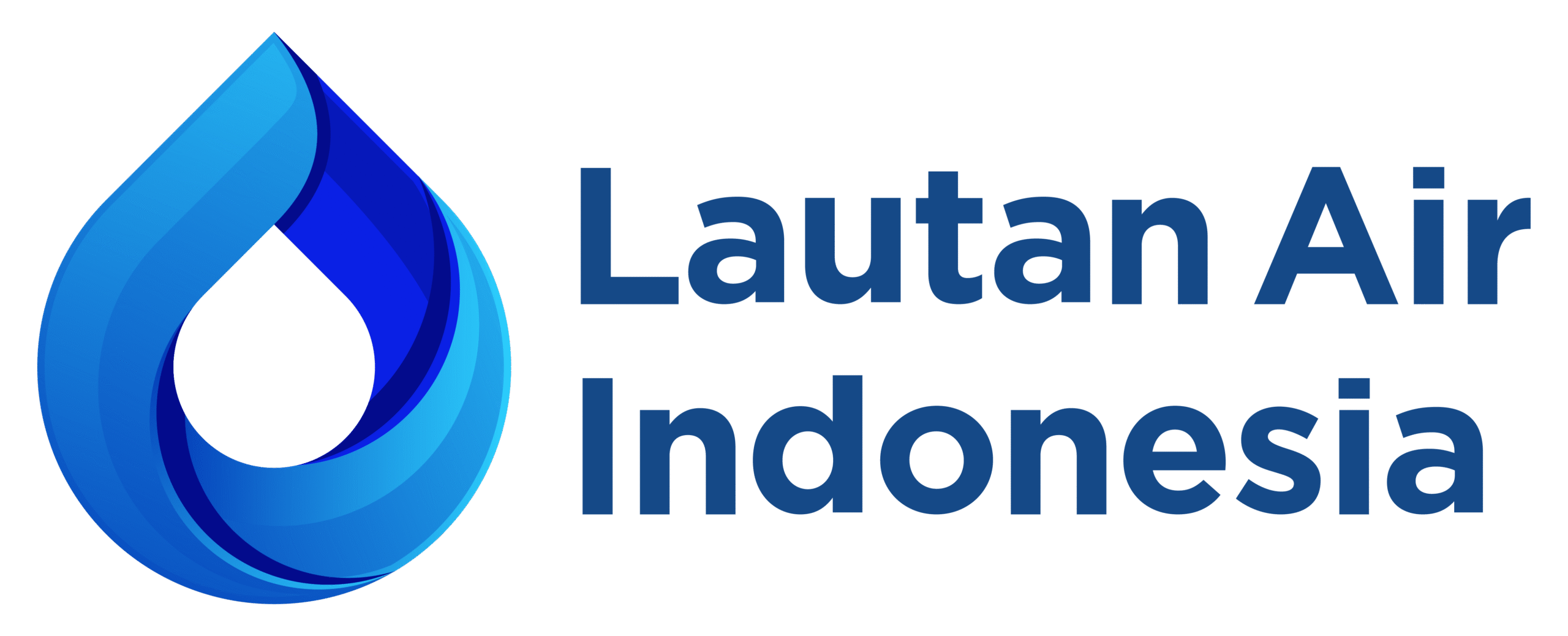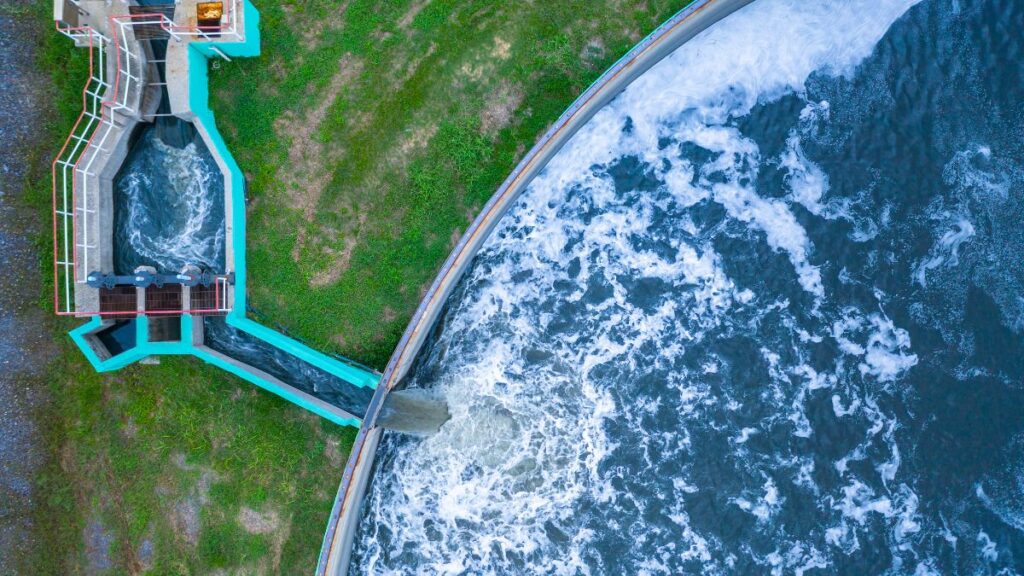Industrial and domestic wastewater often contains high levels of COD (Chemical Oxygen Demand) and BOD (Biochemical Oxygen Demand). COD and BOD are two main parameters that indicate the level of pollution in wastewater.
COD measures the amount of oxygen needed to oxidize organic and inorganic materials in water, while BOD measures the amount of oxygen needed by microorganisms to decompose organic materials biologically.
High levels of COD and BOD in wastewater can cause various environmental problems, such as pollution of rivers, lakes, and groundwater sources. If left unchecked, this condition will damage the aquatic ecosystem and disrupt the lives of living things in it.
In addition, the discharge of wastewater that does not meet quality standards can result in legal sanctions for industries that violate them.
Impact of High COD and BOD
When COD and BOD in wastewater exceed the established limits, the impact can be very detrimental, both to the environment and the industry itself:
- Water Source Pollution: Wastewater with high COD and BOD levels will reduce the levels of dissolved oxygen in water, causing the death of aquatic organisms such as fish and important microorganisms.
- Bad Odor: The decomposition process of organic matter in wastewater with high BOD often produces a foul odor that disturbs the surrounding environment.
- Violation of Regulations: The government has strict regulations regarding wastewater quality standards. Industries that do not meet these standards can be subject to sanctions or large fines.
- Suboptimal Performance of Wastewater Treatment Plants (WWTP): If COD and BOD levels are too high, the existing wastewater treatment system may not be able to handle them efficiently, resulting in higher operational costs.
Read Also: How to Reduce Ammonia Content in Wastewater?
Effective Ways to Reduce COD and BOD in Wastewater
To overcome high levels of COD and BOD in wastewater, the right approach is needed. Here are some methods that can be applied:
1. Physical Treatment
This method involves the process of separating large particles and solids from wastewater before entering the further treatment stage. Common techniques used include:
- Screening: Using a sieve or net to remove coarse material from wastewater.
- Sedimentation: Using gravity to settle solid particles at the bottom of the tank.
- Flotation: The process of separating oil and fat by raising light particles to the surface of the water.
2. Chemical Treatment
This method uses chemicals to reduce COD and BOD levels in wastewater, such as:
- Coagulation and Flocculation: Adding coagulants (such as PAC or Aluminum Sulfate) to bind small particles into larger ones so that they can be easily settled.
- Chemical Oxidation: Using strong oxidants such as hydrogen peroxide (H₂O₂) or ozone to oxidize organic compounds that are difficult to decompose.
- Ph Adjustment: To increase the efficiency of biological and chemical processes in wastewater treatment.
3. Biological Treatment
This method uses microorganisms to decompose organic matter in wastewater. There are two main types of biological treatment:
- Aerobic Process: Using aerobic bacteria that require oxygen to decompose organic matter, such as in an Activated Sludge or Biofilter system.
- Anaerobic Process: Using anaerobic bacteria that do not require oxygen, usually used to treat waste with high organic content such as the food and beverage industry.
4. Advanced Technology for Wastewater Treatment
Along with the development of technology, several advanced methods have also begun to be applied to increase the efficiency of wastewater treatment:
- Ultrafiltration and Reverse Osmosis Membranes: To filter micro particles and harmful organic compounds.
- Ozonation Technology: Used to oxidize pollutants that are difficult to decompose.
- Electrocoagulation: Using electric current to precipitate pollutants in wastewater.
Lautan Air Indonesia Overcomes High COD and BOD in Wastewater
Lautan Air Indonesia has more than 40 years of experience in dealing with various industrial wastewater problems. We provide comprehensive solutions to reduce COD and BOD in wastewater with various superior services, such as:
- Provision of Water Treatment Chemicals: We provide coagulants, flocculants, oxidants, and various other chemicals that are effective in overcoming high COD and BOD.
- Integrated Wastewater Treatment Systems: We offer design, installation, and maintenance of wastewater treatment systems, including small to large-scale wastewater treatment plants.
- Process Consultation and Optimization: Our team of experts is ready to help analyze and provide the best solutions that suit your specific industry needs.
- IoT-Based Monitoring and Control: With IoT technology, we can help you monitor wastewater quality in real-time to ensure compliance with environmental regulations.
Conclusion
Overcoming high COD and BOD in wastewater is not an easy task, but with the right approach, this problem can be overcome effectively. The use of the right physical, chemical, and biological treatment methods can help industries achieve the set quality standards.
Lautan Air Indonesia is here as the best solution for industries that want to ensure that their wastewater is safe for the environment and by regulations.
Want to know more about how Lautan Air Indonesia can help solve your industrial wastewater problems? Contact us now and discuss your wastewater treatment needs with our experts!



